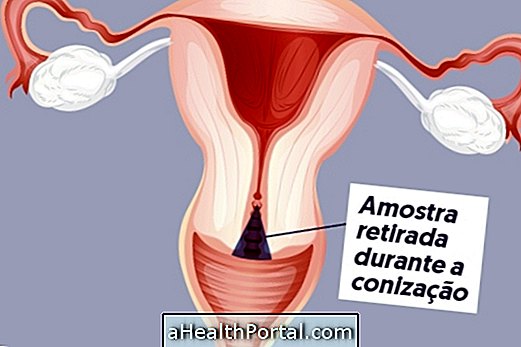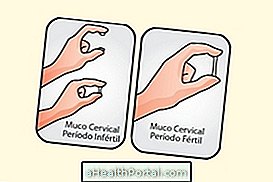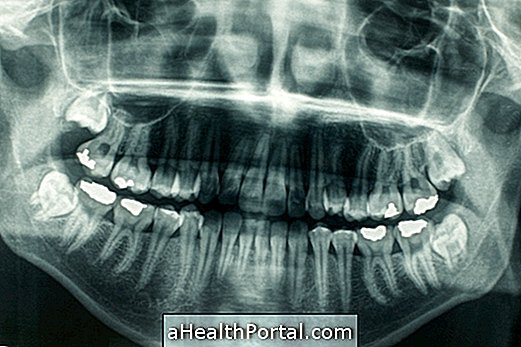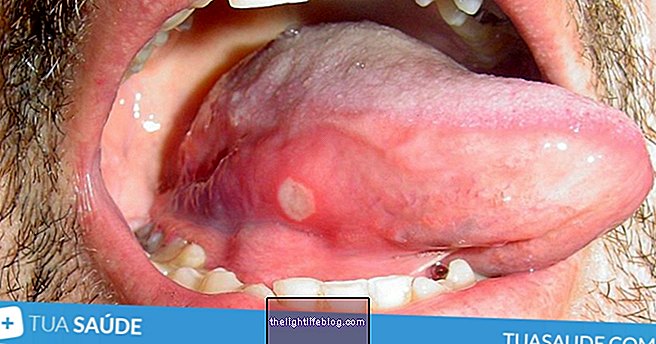Conization of the cervix is a minor surgery in which a piece of the cone-shaped cervix is removed for evaluation in the laboratory. Thus, this procedure is used to perform the biopsy of the cervix when there is any alteration identified through the preventive, confirming or missing the diagnosis of cancer, but it can also serve as a treatment if it removes all the affected tissue.
In addition, this procedure can also be done in women with cervical cancer-like symptoms, such as abnormal bleeding, constant pelvic pain, or foul smelling discharge, even if no changes in the tissue are visible.
See a more complete list of possible symptoms of cervical cancer.

How is the surgery done
The cervical conization surgery is quite simple and quick, lasting approximately 15 minutes. Conization of the uterus is done in the gynecologist's office under local anesthesia and, therefore, does not hurt and the woman can return home the same day, not needing hospitalization.
During the examination, the woman is placed in a gynecological position and the doctor places the speculum to observe the cervix. Then, using a small laser or scalpel-like device, the doctor removes a 2 cm sample, which will be analyzed in the laboratory. Finally, some compresses are inserted in the vagina to interrupt the hemorrhage, which must be removed before the woman returns home.
How is recovery
Although the surgery is relatively fast, recovery from conization can take up to 1 month to be complete, and during this time the woman should avoid intimate contact with the partner and rest for at least 7 days, lying down and avoiding lifting.
During the postoperative period of the conization of the uterus it is normal for small dark bleeds to occur and, therefore, should not be an alarm signal. However, the woman should always be alert to signs of a possible infection such as foul smell, yellowish or green discharge, and fever. If these symptoms are present you should go to the hospital or return to the doctor.
More intense physical exercise, such as cleaning the house or going to the gym, should only be returning after about 4 weeks or as directed by your doctor.
Possible Complications
The main complication after a conization is the risk of bleeding, so even if you have returned home, the woman should be aware of the appearance of abundant bleeding and a bright red color, as it may indicate a hemorrhage. In addition, other possible risks include:
In addition, the risk of infection is also quite high after conization. Therefore, the woman should be attentive to signs such as:
- Vaginal discharge that is greenish or smelly;
- Pain in the lower belly;
- Discomfort or itching in the vaginal region;
- Fever above 38ºC.
Another of the possible complications of conization of the cervix is the development of a failure of the uterine cervix during pregnancy. This causes the woman to have a decreased or open cervix causing dilation that can lead to miscarriage or onset of preterm labor, putting the baby's life at risk. Learn more about uterine failure.
























